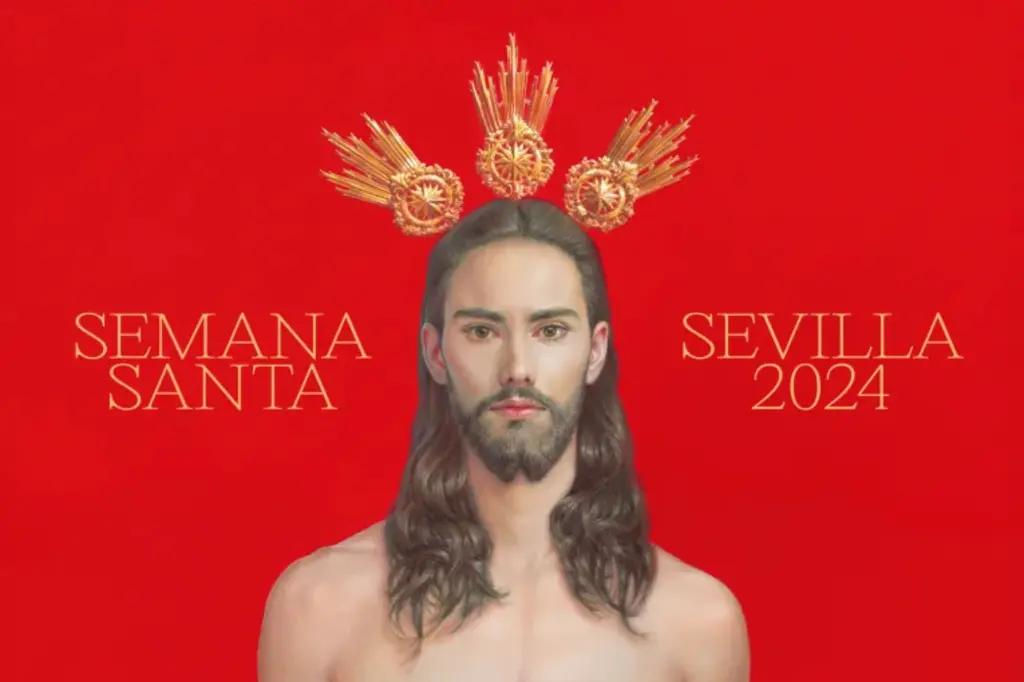In an audacious display of artistic freedom, Spanish artist Salustiano García Cruz has recently unveiled a portrait of Jesus that diverges markedly from traditional representations, stirring significant uproar within religious communities in Spain. The artwork, intended as the official poster for Seville’s Holy Week, depicts a muscular yet youthful Jesus, clad only in a loin cloth, a portrayal based on the artist’s son. Unlike the conventional depictions of a suffering Christ, this image opts for a portrayal devoid of anguish, inciting fervent online debate among conservative circles.

Critics, including the conservative Catholic group The Institute of Social Policy, have lambasted the painting as a “true aberration,” condemning its perceived “sexualization” and “effeminacy.” The controversy has escalated to the point where a petition on Change.org, asserting that the painting does not align with “Christian values,” has amassed over 14,000 signatures. Furthermore, the Spanish Foundation of Christian Lawyers is contemplating legal action against both the artwork and its creator, accusing the painting of aligning with LGBTQ+ themes and promoting “debauchery.”
A Reflection on Society and Acceptance
The uproar has spotlighted Spain’s ongoing struggle with homophobia, as Artur Ramon, a Barcelona-based gallerist, observes the contentious reception of a Christ figure that eschews the traditional iconography of suffering for a more effeminate or androgynous appearance. Salustiano García Cruz, in defense of his work, pointed out the absurdity of using homosexuality as a derogatory weapon in contemporary discourse, stressing that such attitudes would unlikely be condoned by Jesus Christ himself.
This incident not only underscores the deep-rooted resistance to challenging traditional religious imagery but also reflects broader societal tensions surrounding the acceptance of LGBTQ+ identities within religious contexts. As this controversy unfolds, it serves as a poignant reminder of the ongoing dialogue between tradition and modernity, art and belief, acceptance and prejudice.

